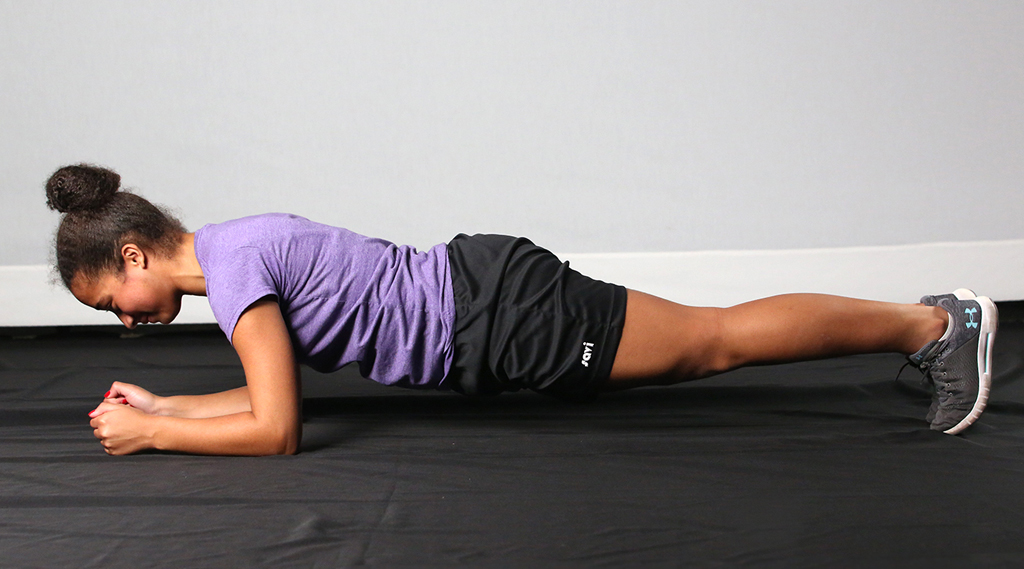Lunar Rescue
Background
Astronauts must be prepared to handle any situation. That is why astronaut training includes learning how to perform minor medical procedures. Astronauts are trained in procedures like dentistry and minor surgery just in case any of their crewmates become ill while living on the International Space Station (ISS). With plans to return to the Moon and establish an orbiting base called the Lunar Gateway, astronauts have to be more prepared than ever to handle a medical emergency. It would be impossible to evacuate a sick crewmember back to Earth all the way from the Moon. Astronauts will have to rely on their teammates for help if they need medical attention.
Mission description
For this mission, teams of astronauts will work together to rescue a fellow crewmember who has been injured on the surface of the Moon. Crewmembers will perform a series of movements focused on balance and coordination before carrying one crewmate to safety. This competitive training exercise reflects aspects of physical aptitude required of astronauts. These tasks will expose participants to the benefits of repetition, preparation and cooperation for the successful execution of physical tasks while achieving a complex goal.
Timeline
| Breakdown | Duration |
|---|---|
| Background | 2 minutes |
| Educator's instructions/demonstration | 5 minutes |
| Group activity | 15-20 minutes |
| Wrap-up | 3 minutes |
| Total | 25-30 minutes |
Goal
Astronaut crews will rescue an injured crewmember and bring them back to their lunar base. Crews will repeat the activity three times with each crewmember switching positions to emphasize how repetition of an activity increases speed and efficiency.
Objectives
By the end of this mission, participants will be able to:
- Process complex information while performing a physical activity
- Work together to accomplish a shared goal
- Understand why astronauts practise emergency scenarios repeatedly during training
Mission preparation
Materials
- Timer
- Cones or other objects to mark three distinct locations
- Instruction cards (see annex)
Set-up
- Place three cones to mark each crewmember's starting location (distance between cones can vary depending on size of play space and activity runner's preference).
- Each crewmember will start at their designated position (A, B or C).
- Each crewmember will have a set of specific instructions waiting for them at their positions.
- Crewmembers A and B will relay instructions to each other.
- Crewmember C is the injured astronaut and must complete a set of their own tasks while waiting for rescue.
Mission instructions

Diagram
- Organize participants into astronaut crews of three.
- Participants A & B start at location 1. Participant C will start at location 3.
- Participant C will read their instruction card. They will do a series of dynamic exercises while waiting for their crewmates.
- From location 1, Participant A will instruct Participant B through a series of dynamic exercises listed on their instruction card to advance them to location 2.
- From location 2, Participant B will instruct Participant A through a series of dynamic exercises listed on their instruction card to advance them to location 2.
- From location 2, Participant A will instruct Participant B through a series of dynamic exercises listed on their instruction card to advance them to location 3.
- From location 3, Participant B will instruct Participant A through a series of dynamic exercises listed on their instruction card to advance them to location 3.
- Participant C must finish their list of exercises on their instruction card in order to proceed with the next instructions.
- Participants A & B will form a two-person arm carry "chair" for Participant C (see reference photos below).
- Participant C will sit securely in the "chair" while Participants A & B carry C back to location 1.
- The crew that performs these tasks in the fastest time will successfully save their injured crewmember!
- Crews switch positions and repeat the task.
- Astronauts can reflect on how their time to complete the activity has changed from the first run to the third.
Reference photos
-
Squat

-
Plank

-
Balance on one foot

-
Arm hold

-
Chair squat

-
Chair carry

